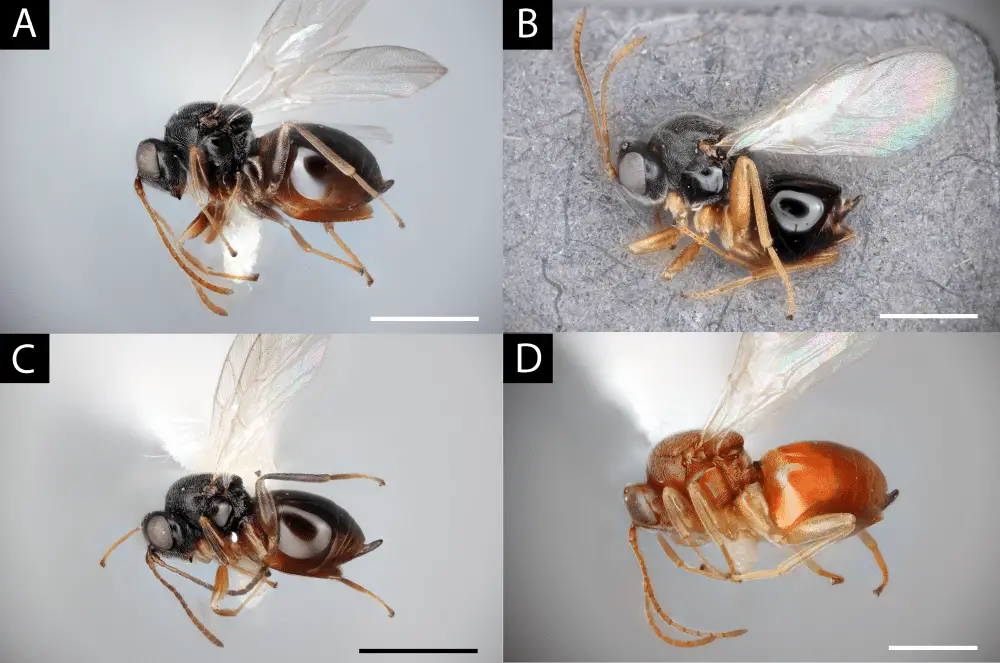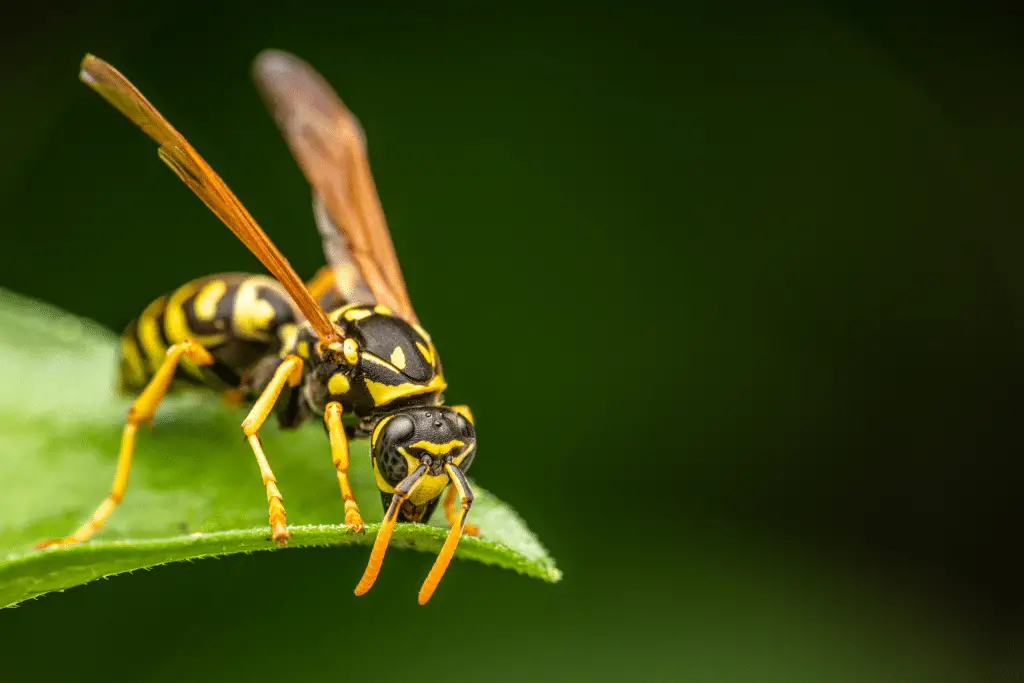In the vast and fascinating world of insects, scientific discoveries continue to amaze and astonish, recently a team of researchers has identified 22 New Species of Parasitic Waspsincluding one called “Jabba’s Ceroptres” for his resemblance to the famous Star Wars character, Jabba The Hutt.
These wasps belong to the genus Ceroptres and are known for their parasitic behavior, attacking oak galls.
The galls I am anomalous plant structures that form in response to attack by parasites such as wasps, and these structures provide a protected and nutritious environment for the wasp larvae, which develop inside them. Parasitic wasps, such as those recently discovered, use these galls to lay their eggs, whose larvae they feed on the resources present inside the gall itself.
The discovery of these new species was made possible by meticulous work in collecting and incubating oak galls, with researchers collecting galls from different locations and placing them in incubators to observe which insects emerged. This method allowed them to identify not only the wasps that form the galls, but also the parasitic wasps that exploit them.
The peculiarity of the parasitic wasps discovered
The “Jabba the Hutt wasp” was so named for its corpulent shape and his imposing appearancewhich recall the famous character from the Star Wars saga; this name not only pays homage to popular culture, but also underlines the importance of making science accessible and interesting to the general public.
The discovery of these new species of parasitic wasps is not only a scientific achievement, but also offers new opportunities to better understand the ecological and evolutionary dynamics of plant-insect interactions, namely the Parasitic wasps play a crucial role in ecosystemscontributing to keep the balance between insect populations and host plants.

The recent identification of 22 new species of parasitic wasps represents a significant advancement in entomological researchwith this result which, as we said previously, was obtained thanks to a detailed and innovative research project.
The researchers collected oak galls from various locations, incubated them, and observed the insects that emerged, an approach that allowed them to identify not only the wasps that form the galls, but also the parasitic wasps that exploit them, including the aforementioned Jabba the Hutt wasp.
As we have already stated previously, parasitic wasps play a crucial role in ecosystemsin fact they contribute to maintaining the balance between insect populations and host plants, without forgetting that they can also control populations of other insectsthus preventing excessive damage to plants, a type of balance that is essential for the health of ecosystems and for biodiversity.
The “Jabba the Hutt wasp” was named for its corpulent shape and imposing appearance, reminiscent of the famous character from the Star Wars saga, and although this name pays homage to popular culture, it is not its only purpose, in fact it also underlines the importance of making science accessible and interesting to the general public, and the discovery of this wasp is a example of how science can be fascinating and surprising.

The discovery of these new species of parasitic wasps offers new opportunities to better understand the ecological and evolutionary dynamics of plant-insect interactions, parasitic wasps are a ideal model for studying the evolution of parasitic behavior and interactions between parasites and hostsfurthermore these findings may have practical implications for the management of pest insect populations and for the conservation of biodiversity.
If you are attracted by science or technology, keep following us, so you don’t miss the latest news and updates from around the world!
#Parasitic #Wasps #Species #Discovered